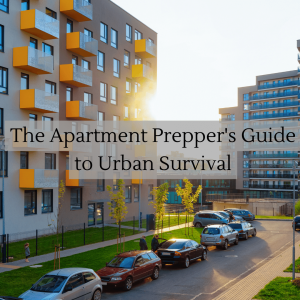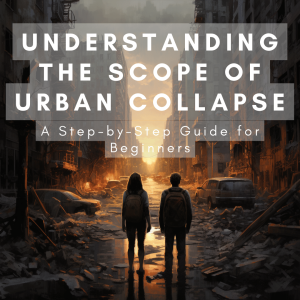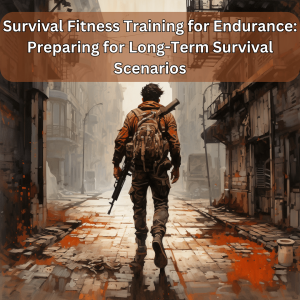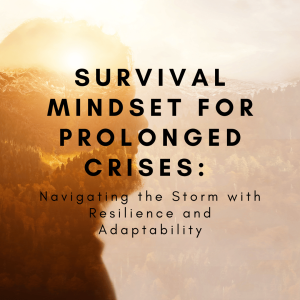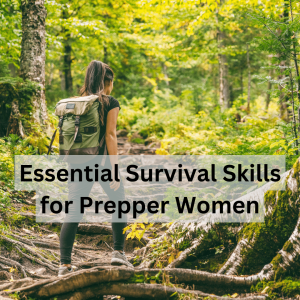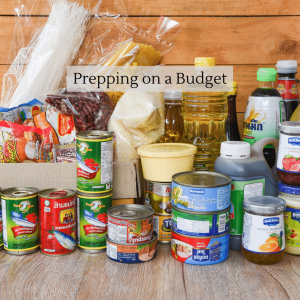In today’s uncertain world, being prepared for emergencies is essential. Whether it’s a natural disaster, power outage, or other unforeseen events, having a well-thought-out plan and the right supplies can make a significant difference in your ability to weather the storm. In this article, we present a comprehensive preppers essential checklist, highlighting 10 must-have items to ensure you’re prepared for any emergency.
- Water: Water is the most critical resource for survival. Ensure you have an adequate supply of clean drinking water. Aim for at least one gallon per person per day for a minimum of three days. Consider storing water in BPA-free containers or invest in water purification methods for longer-term needs.
- Non-perishable Food: Stock up on non-perishable food items that can provide sustenance during emergencies. Canned goods, dry food items like rice and beans, energy bars, and dehydrated meals are excellent choices. Make sure to include a variety of food types and consider any dietary restrictions or allergies within your household.
- First Aid Kit: A well-equipped first aid kit is crucial in handling medical emergencies. Include bandages, antiseptic solutions, pain relievers, prescription medications, and other essential medical supplies. Regularly check the kit for expired items and replenish as necessary.
- Lighting: During power outages or situations with limited visibility, having multiple sources of light is essential. Include flashlights, lanterns, and extra batteries in your emergency supplies. Alternatively, consider solar-powered or hand-cranked options for sustainable lighting.
- Communication: Staying informed during an emergency is vital. Include a battery-powered or hand-crank radio to receive emergency broadcasts. This will help you stay updated on the situation and any instructions from authorities. Additionally, consider having a backup method of communication such as a satellite phone or a two-way radio for communicating with family members or neighbors.
- Multi-tool: A versatile multi-tool can be invaluable in various emergency situations. It can assist with repairs, opening cans, cutting materials, and more. Invest in a high-quality multi-tool that includes essential tools like pliers, a knife, screwdrivers, and a saw.
- Shelter: In some emergencies, you may need to seek temporary shelter. Include items like a tent, sleeping bags, or emergency blankets to provide protection from the elements. Ensure that your shelter supplies are appropriate for your geographic location and climate.
- Personal Hygiene and Sanitation: Maintaining personal hygiene and sanitation is crucial, especially during prolonged emergencies. Include items such as toilet paper, wet wipes, hand sanitizer, soap, and feminine hygiene products. These will help ensure cleanliness and prevent the spread of disease.
- Extra Clothing: Having extra clothing can help you stay comfortable and protected during emergencies. Pack appropriate clothing for the climate, including sturdy shoes, rain gear, and warm layers. Consider including extra socks and underwear as well.
- Important Documents and Cash: Protecting your essential documents and having access to cash is essential in emergency situations. Keep copies of identification, insurance policies, and other important documents in a waterproof container or digitally store them. Additionally, have some cash on hand as electronic payment systems may be unavailable during emergencies.
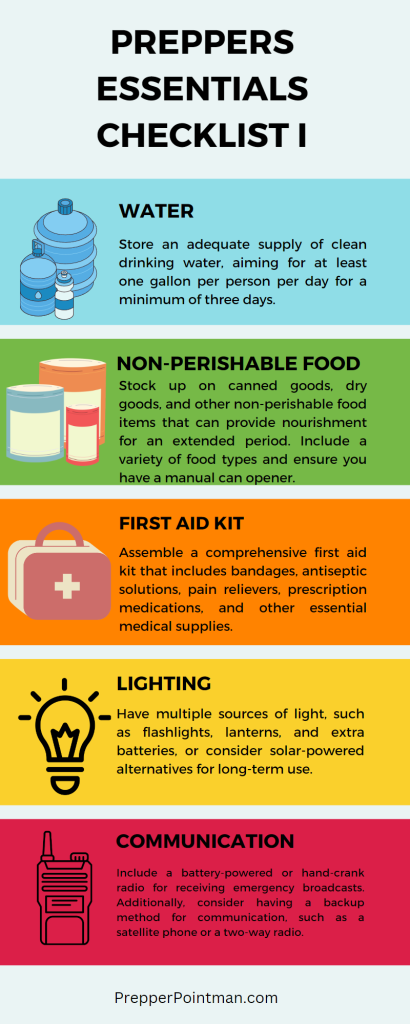
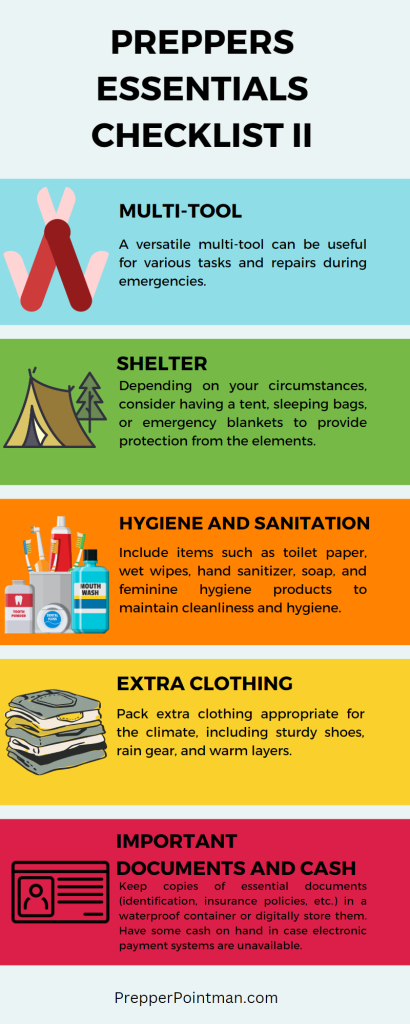
Emergencies can happen when we least expect them, and being prepared is key to ensuring the safety and well-being of ourselves and our loved ones. By following this preppers essential checklist, you can have peace of mind knowing you have the necessary supplies to face any crisis. Remember to regularly review and update your emergency preparedness plan and supplies to stay ready for whatever challenges may come your way. Stay safe, stay prepared!
Note: This article is intended as a general guide. It’s essential to personalize your emergency preparedness plan based on your specific needs, geographic location, and potential risks you may face.
